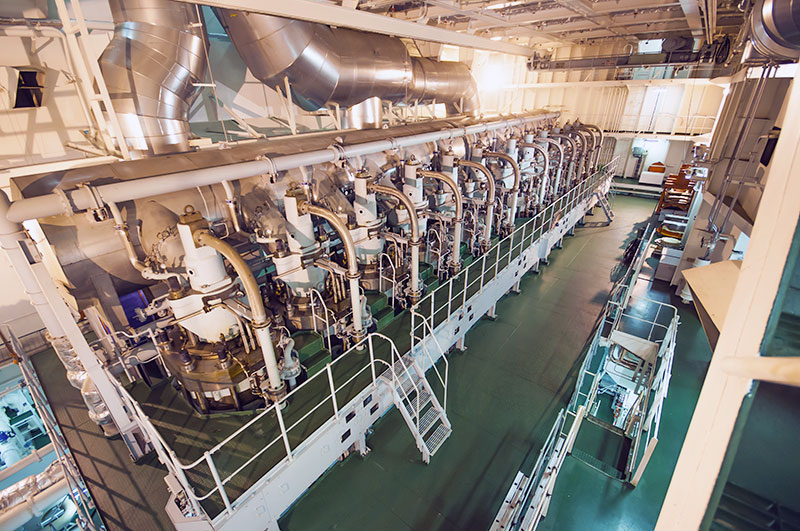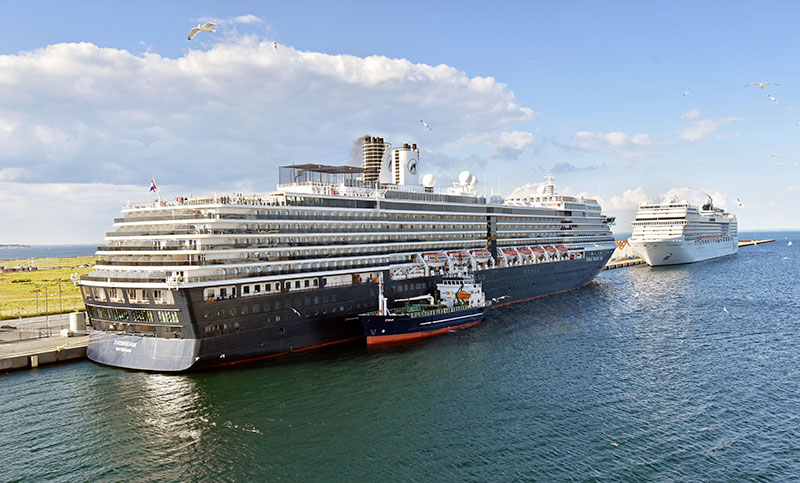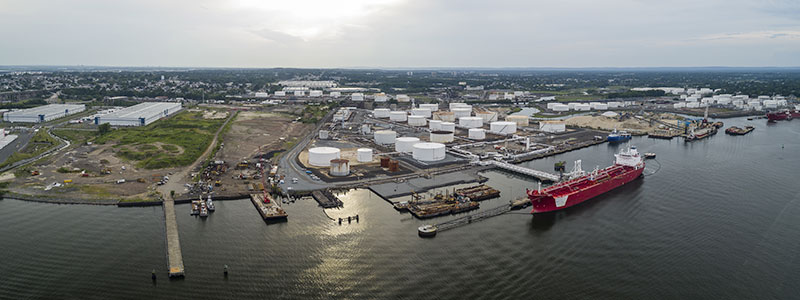The shipping sector is only responsible for around 3% of global CO2 emissions,
but it is still a major contributor to local air pollution near major ports.
As a consequence, the International Maritime Organization (IMO) has adopted a global strategy to reduce greenhouse gas emissions from international shipping by at least 50% by 2050 (as compared to 2008.) Some subregions have their own, even more ambitious, short-term initiatives, such as the Norwegian fjords, where ships and vessels must be zero-emissions by 2026.
Many smaller vessels already use hydrogen instead of battery power, because of its lower weight and shorter filling time. Moving forward, liquid hydrogen will also be the best solution for mid- and large-size ships, as it has a higher energy density than pressurized hydrogen.
With its liquid hydrogen pumps, Cryostar is ready to support the development of this supply chain.

LH2 Fuel-Gas-Supply Systems
The ships of the future will also need to reduce greenhouse gas emissions. Along battery electrical propulsion, prototype of hydrogen-powered fuel cells for ship propulsion and hydrogen (dual fuel) internal combustion engines are currently under development.
Based on its long lasting marine LNG fueling and marine Classification experience, Cryostar is prepared to offer cryogenic pumps for Fuel Gas Supply Systems using LH2.

LH2 bunkering
For a large percentage of hydrogen-powered ships, such as long-distance carriers, car and passenger ferries, and high-speed crafts, which require short refilling times, the best solution is to use a liquid hydrogen source.
Cryostar offer a range of liquid hydrogen bunkering pumps for various transfer capacities.

LH2 terminal
Once hydrogen as a vector has become a common source of energy, just like oil and natural gas, large quantities of liquefied hydrogen (LH2) will need to be carried overseas, just as liquefied natural gas (LNG) is nowadays.
By continuing to develop its line of LH2 transfer pumps, Cryostar will be ready to offer solutions for the loading and unloading of LH2 carriers in the future.
